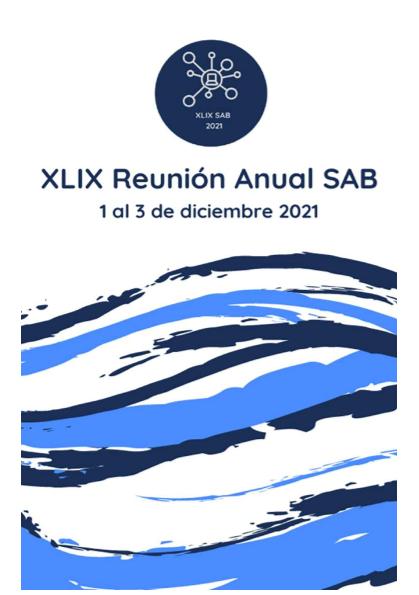Evento
TM4 peptide, as a representative model of the AChR, conditions its lipid microenvironment.
Tipo del evento:
Congreso
Nombre del evento:
XLIX Reunión Anual de la Sociedad Argentina de Biofísica
Fecha del evento:
01/12/2021
Institución Organizadora:
Sociedad Argentina de Biofísica;
Título del Libro:
XLIX Reunión Anual de la Sociedad Argentina de Biofísica
Editorial:
Sociedad Argentina de Biofísica
ISBN:
978-987-27591-9-3
Idioma:
Inglés
Clasificación temática:
Resumen
Nicotinic acetylcholine receptors (nAChRs) are integral membrane pentameric proteins that belong to the Cys-loop superfamily of ligand-gated ion channels. Given that the nAChR is a transmembrane protein, the properties of the membrane where it is embedded are essential for its correct functioning, and since even small changes in nAChRs activity can cause great effects on human biology, the interaction between lipids and the nAChR is of great relevance. The transmembrane domain of each subunit of the nAChR is composed of four segments (TM1-TM4) in which TM2 segments form the ion channel pore and TM1, TM3, and TM4 are located more externally. TM4 segment is the most exposed and it isin intimate contact with both the surrounding membrane lipids and the rest of the transmembrane segments, these being two facts that make it a key participant in lipid- nAChR interaction.Due to the abundance of Chol in neural membranes and its importance and implication in different human diseases, in this work we studied the relationship between domains either rich in cholesterol (Liquid order domains, Lo) or poor in cholesterol (Liquid disorder domains, Ld) and the nAChR. To this end, we worked with GUVs, giant unilamellar vesicles that can be observed under the microscope, formed by two different lipid compositions (with nanoscopic or microscopic Lo and Ld domains) containing or not a syntheticpeptide corresponding to the TM4 segment of the nAChR.Confocal Fluorescence Microscopy, Fluorescence Recovery After Photobleaching (FRAP) measurements and experiments of Miscibility Transition Temperature showed that TM4 peptide concentrates in Ld domains. Furthermore, we observed that its presence alters the intrinsic properties of the domains as well as the whole microscopic membrane organization. It is well known that lipids condition nAChR functioning, here we demonstrate that just this peptide, as a minimalist but still representative model of the nAChR, can perturb its lipid microenvironment as well.
Archivos asociados
Licencia
Identificadores
Colecciones
Eventos(INIBIBB)
Eventos de INST.DE INVEST.BIOQUIMICAS BAHIA BLANCA (I)
Eventos de INST.DE INVEST.BIOQUIMICAS BAHIA BLANCA (I)
Citación
TM4 peptide, as a representative model of the AChR, conditions its lipid microenvironment.; XLIX Reunión Anual de la Sociedad Argentina de Biofísica; Buenos Aires; Argentina; 2021; 66-66
Compartir




